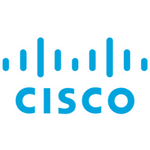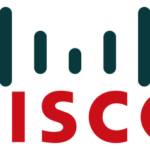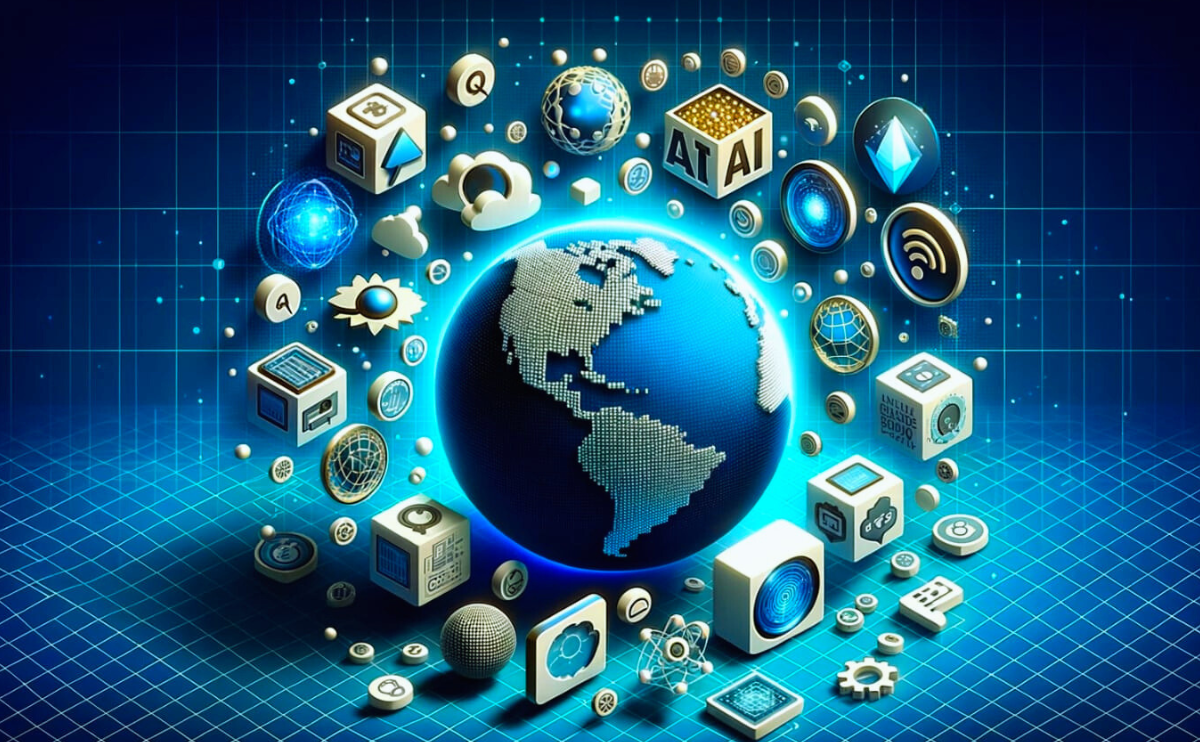The IT hardware industry is undergoing a transformative period, driven by advancements in technology, evolving consumer demands, and the need for sustainability. This blog post explores the key trends shaping the current landscape of IT hardware.
1. Rise of AI-Optimized Hardware
Artificial Intelligence (AI) continues to revolutionize various sectors, and the IT hardware industry is no exception. AI-optimized hardware, such as specialized processors like NVIDIA’s GPUs and Google’s Tensor Processing Units (TPUs), is becoming essential. These components are designed to handle the complex computations required for machine learning and AI applications more efficiently than traditional CPUs.
2. Edge Computing and IoT Integration
Edge computing, which involves processing data closer to where it is generated, is gaining traction. This approach reduces latency, enhances real-time processing capabilities, and improves data security. Coupled with the Internet of Things (IoT), edge computing allows for smarter, more responsive systems. Companies are investing in robust edge devices and IoT sensors to support this paradigm shift.
3. Sustainability and Green Hardware
Sustainability is becoming a critical focus in the IT hardware industry. Companies are striving to reduce their carbon footprint by designing energy-efficient devices and adopting sustainable manufacturing practices. Initiatives such as Apple’s commitment to using 100% recycled materials in its products and Dell’s focus on sustainable packaging highlight this trend. Consumers are also increasingly prioritizing eco-friendly products, driving demand for green hardware solutions.
4. Quantum Computing Advancements
Quantum computing, once a theoretical concept, is now becoming a reality. Companies like IBM, Google, and Microsoft are making significant strides in developing quantum computers. These systems promise to solve complex problems beyond the capabilities of classical computers, potentially revolutionizing industries such as cryptography, materials science, and pharmaceuticals.
5. 5G and Connectivity Enhancements
The rollout of 5G networks is transforming the IT hardware landscape. 5G offers unprecedented speeds, lower latency, and greater connectivity, enabling a new generation of hardware devices. Smartphones, IoT devices, and even autonomous vehicles are being designed to leverage the capabilities of 5G, leading to innovations in hardware that support faster and more reliable connectivity.
6. Miniaturization and Portability
There is a growing demand for smaller, more portable devices without compromising performance. Advances in semiconductor technology and innovative design approaches are making this possible. Ultrabooks, compact desktops, and portable workstations are becoming increasingly popular, catering to the needs of a mobile workforce and tech-savvy consumers.
7. Enhanced Security Features
With cybersecurity threats on the rise, hardware manufacturers are incorporating advanced security features directly into their products. Hardware-based security measures, such as biometric authentication, encrypted storage, and secure boot processes, are becoming standard. These enhancements provide an additional layer of protection against increasingly sophisticated cyberattacks.
8. High-Performance Computing (HPC)
High-Performance Computing is critical for research, simulations, and data analysis in fields like meteorology, physics, and bioinformatics. The demand for HPC systems is growing, leading to the development of powerful supercomputers. Companies are investing in building scalable, energy-efficient HPC clusters to support scientific discoveries and complex computations.
9. Customizable and Modular Hardware
Customization and modularity are gaining popularity, allowing consumers to tailor their devices to specific needs. Modular smartphones, customizable PCs, and upgradeable laptops provide flexibility and longevity, aligning with the trend toward sustainability and cost-effectiveness.
10. Convergence of Consumer and Enterprise Hardware
The lines between consumer and enterprise hardware are blurring. High-performance features once exclusive to enterprise devices are now available in consumer products. This convergence is driven by the increasing demands of modern users for powerful, versatile, and reliable hardware, regardless of whether it is for personal or professional use.
Conclusion
The IT hardware industry is in a state of dynamic evolution, driven by technological advancements, sustainability initiatives, and changing consumer preferences. As AI, quantum computing, and 5G continue to develop, we can expect further innovations that will reshape the landscape. Staying abreast of these trends is crucial for businesses and consumers alike to leverage the full potential of emerging hardware technologies.


 Routers
Routers Juniper EX3400 Series Ethernet Switches
Juniper EX3400 Series Ethernet Switches







